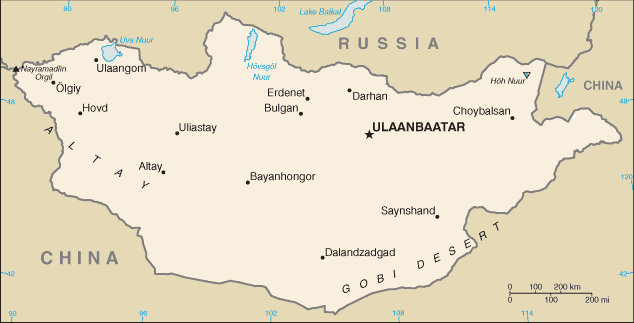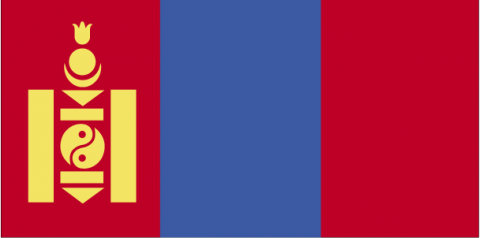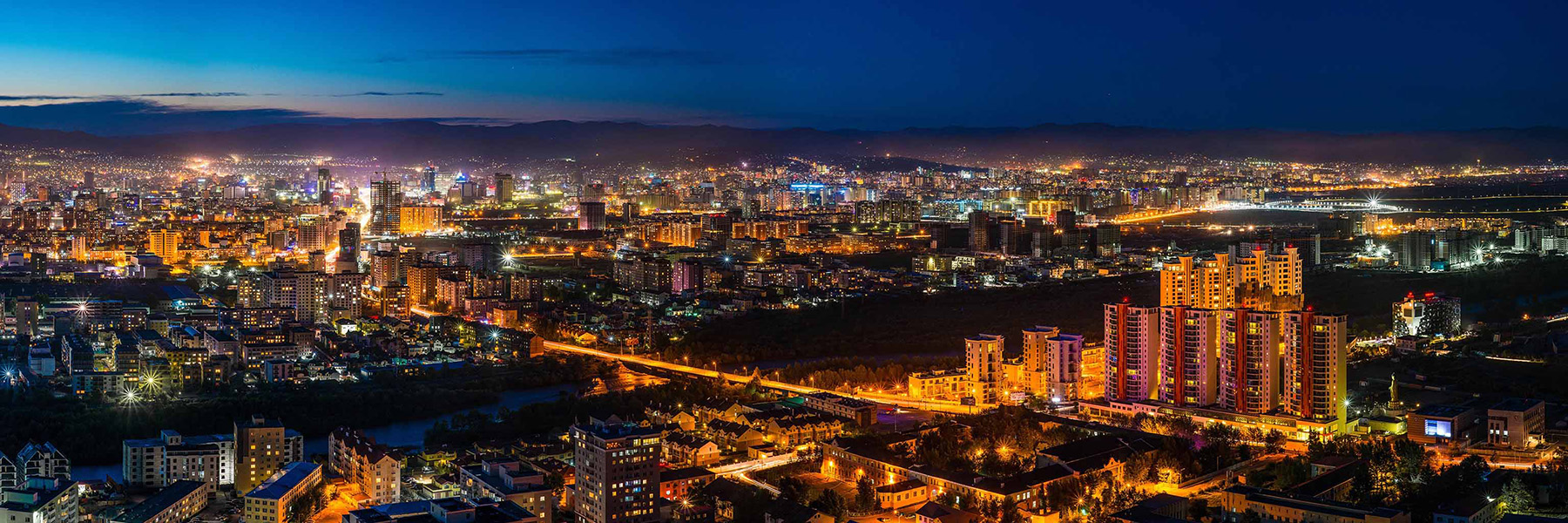Mongol Uls


Mongolia
Capital: Ulaanbaatar
Population: 3,226,516
Languages: Mongolian
Most famous for their conquest and dominance of much of the Eurasian landmass in the 13th century under the leadership of Chinggis Khan, the Mongols proved an important military and administrative influence on many European and Asian civilizations. Although states centered in Mongolia dominated much of Inner Asia for over two thousand years, Chinggis Khan’s Mongol Empire was the height of Mongolian and Eurasian Steppe power as they ruled over the largest contiguous landmass in history. The Mongols promoted cultural, material, and intellectual exchange across Eurasia. The Mongol Empire became increasingly fragmented in the 14th century and the remaining Mongol khanates splintered or were replaced by local dynasties. This ultimately led to the incorporation of Mongolia into the Manchu Qing Empire, with most of Inner Mongolia joining the Manchus in 1634 after the death of Ligden Khan, the last ruling Chinggisid Khan in Mongolia. Outer Mongolia joined in 1691 due to the rise of the Züngars.
Because of the increased weakness of the Qing Dynasty, Outer Mongolia declared its independence in 1911 under the incarnate lama Bogd Khan. In 1921, with Soviet assistance, Mongolian revolutionaries reestablished independence after it had been lost due to Chinese and White Russian invasions. When the Bogd Khan died in 1924, the country was officially declared a socialist state, the Mongolian People’s Republic. Mongolia, under the Mongolian People’s Revolutionary Party (MPRP), retained a close relationship, according to some even a satellite status, with the Soviet Union. In 1990, Mongolia underwent a peaceful democratic revolution. In the past decades, Mongolia has moved increasingly towards the West in its economic and political orientation, and has continued to encourage foreign business and aid in the country’s growing natural resource development and mining projects. A large portion of the population continues to live a nomadic, pastoral lifestyle by herding animals, as people have done for thousands of years on the Mongolian plateau.


